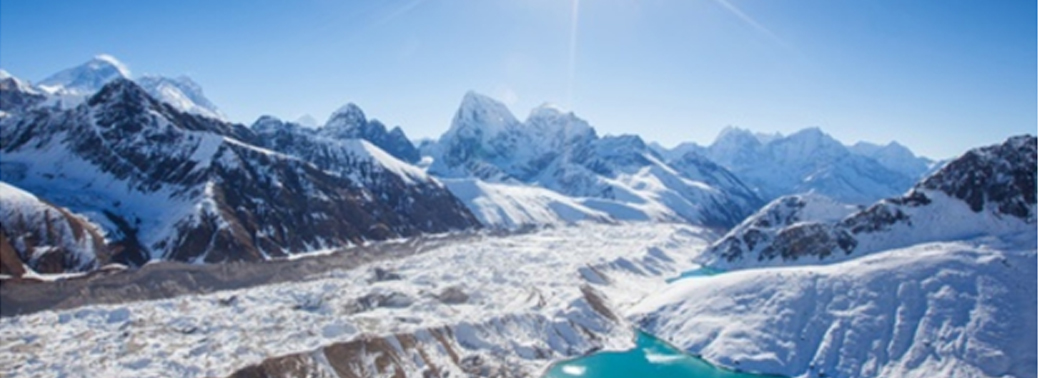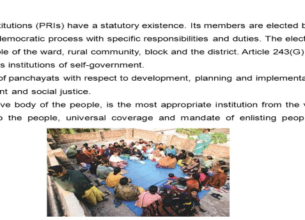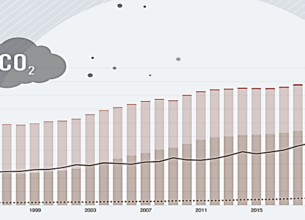MOST MOUNT EVEREST GLACIERS WILL DISAPPEAR WITH CLIMATE CHANGE, WARNS STUDY
04, Nov 2019

Prelims level : Environment- Climate Change
Mains level : GS-III- Conservation, Environmental Pollution and Degradation, Environmental Impact Assessment.
Why in News?
- A recent study has painted a bleak future for most glaciers in the Mount Everest region, warning that they will either disappear or retreat as a result of temperature rise over the next
- There are over 5,000 glaciers in the Hindu Kush-Himalayan (HKH) region, which is the site of Mount Everest and other tall peaks.
- The study has been published in The Cryosphere, the journal of the European Geosciences Union (EGU), a non-profit international association.
Highlights of the Study:
- According to the study, the volume of several glaciers may reduce by 70 per cent to 99 per cent by 2100, which will have dire consequences on farming and hydroelectricity generation.
- Researchers resorted to glacier mass balance and ice redistribution model to examine the “sensitivity of glaciers in the Everest region of Nepal to climate change”.
- According to the study, high-elevation snow and ice cover play pivotal roles in the Himalayan hydrologic system.
- In those Himalayan regions affected by monsoon, melt water from glaciers provides an important source of stream flow during pre-and post-monsoon seasons.
- In view of this, changes in glacier area and volume are expected to affect water availability during dry seasons, the study warns.
- This, in turn, will affect agriculture, hydropower generation and local water availability.
- The study was conducted in Dudh Koshi basin in central Nepal which has a total glacierised area of over 400 sq km.
- The region contains some of the world’s highest mountain peaks, including Mount Everest, Cho Oyu, Makalu, Lhotse and Nuptse.
- The Dudh Koshi river is a major contributor to the Koshi river, which contains nearly one-quarter of Nepal’s exploitable hydroelectric potential.
The current status of glaciers varies across the HKH region. Most areas have seen glacier retreat and down wasting in recent years, though areas such as the Karakoram and Pamir ranges have experienced equilibrium or even slight mass gain, the paper says.
- The study concludes that lower level glaciers will melt faster because the freezing level—the elevation where mean monthly temperatures are 0°C—will rise higher with rise in air temperature.
- Available studies indicate that the mean annual temperatures have increased in the region, and particularly at high elevations.
Effects of Glacial Melt:
- One serious consequence of glacier retreat in the Himalayas will be the formation of lakes, which may pose a risk to communities living downstream.
- Also, farming and hydropower generation downstream is likely to be greatly affected. Over a billion people in Asia depend on rivers fed by glaciers for their food and livelihood.
- While increased glacier melt initially increases the water flow, retreat leads to reduced melt water from glaciers during the summer months.
- In the mountains of Asia, changes in glacier volumes will affect the timing and magnitude of stream flows, particularly in the pre-monsoon period, the study says.








